A Guide to the Best Wireless Trail Cameras!
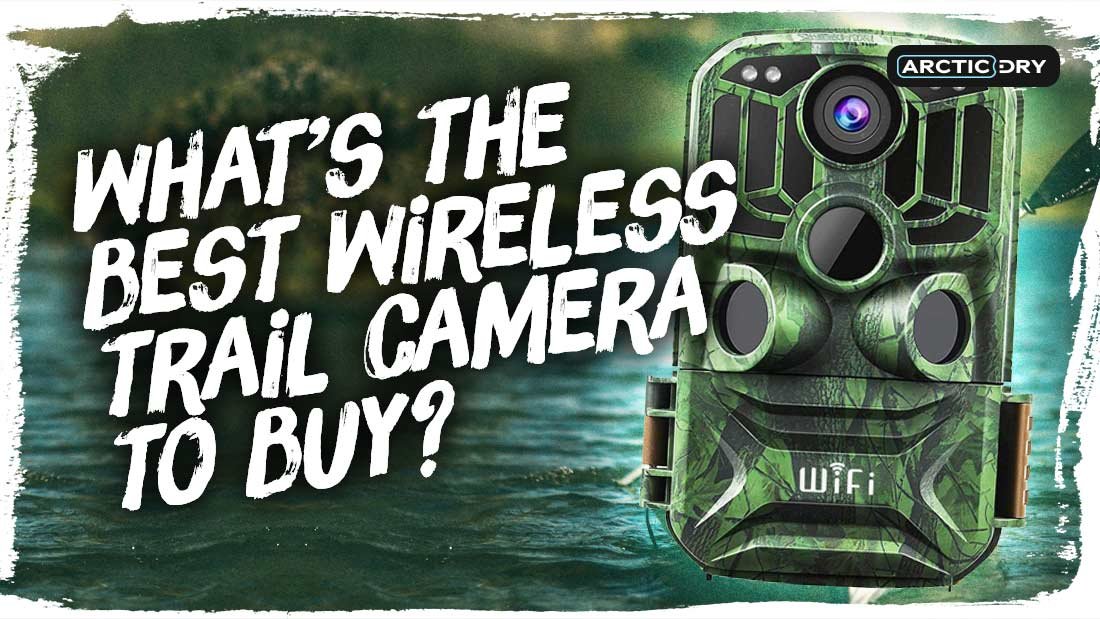
Contents
Wireless trail cameras, also known as cellular cameras, have of late become a must-have gear for wildlife enthusiasts everywhere.
They enable you to track wild animals while you’re doing a spot of wild camping remotely and get real-time updates without necessarily being physically present. Thanks to the advanced wireless communications applied to these cameras, all the photos and videos captured by the trail cameras are transmitted to your smart device via a cellular network.
But the wireless trail camera game keeps gaining traction by the day! Numerous companies are rolling out products into the market, and shopping for a wireless camera can easily take you down the rabbit hole.
The biggest question in all this is ‘What makes a good trail camera?’ Well, we’ll answer this shortly in the article as we review the best wireless trail cameras around now. Let’s begin with a quick buyer’s guide.
What are Wireless Trail Cameras?

Cellular trail cameras are not very different from standard trail cameras. The major distinction comes from the fact that cellular cameras make use of a wireless network to transmit information or data. This comes in handy in areas that are not easy to access or those that limit human contact.
If you have a modern smart device like a smartphone, tablet, or computer, accessing the data on your cellular trail camera becomes very easy.
How Do Wireless Trail Cameras Work?

Wireless trail cameras normally run on cellular data, Bluetooth/WiFi, or both. They operate like any other device that uses the internet to share files. Once set up in the field, trail cameras capture photos and videos then send them directly to the connected mobile or computer device, with the medium of file sharing being a mobile app or web portal.
You can use your computer to visit the website and access all the media information that is captured by the trail camera in the field.
If you’re using a mobile phone, you need to download an app that you’ll use to access all the media files shared by the trail camera. The images take just a minute to be transmitted and when the coverage is stable, this can happen in even less time.
Should You Get a 3G or 4G Wireless Trail Camera?
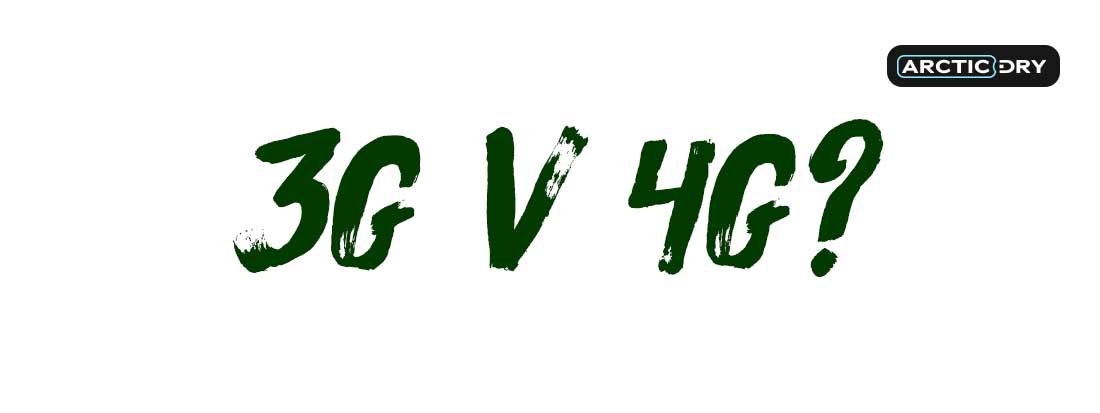
Generally, there are two options available when buying a cellular game camera: 3G and 4G. Both these use the same type of cellular network, although 4G is almost 10 times faster than its 3G counterpart. Both devices will get the job done, and the choice between the two will ultimately come down to your preference.
However, 5G trail cameras are beginning to find their way into the market thanks to advancing wireless technology.
While we expect these to take over the industry soon, the fact remains that 3G and 4G devices will continue to remain functional. According to estimates, 5G devices are projected to be ten times faster than 4G in real-world applications. This is to say that they will work almost instantaneously.
Wireless Trail Cameras – Buyer’s Guide

When it comes to selecting a wireless game camera, there are a handful of factors that should interest you. Some of these pertinent features include:
Network

Naturally, when selecting a trail camera, you also need to choose a cellular network that’s compatible with the area of operation. You will run into a lot of trouble if you end up with a cellular network that does not have coverage in your region.
As such, be sure the network you choose covers your geographical region when looking for a 3G or 4G network provider.
Megapixels
![]()
The megapixels in a camera suggest the power of the lens you’re getting. Anything above 12MP is good enough for medium to short distance imaging. However, if you’re looking to capture long-distance footage, then you want to look for a trail camera with 20MP or above. This ensures that the images come out clear even in the dark.
PIR Range
PIR means Passive InfraRed! It is a useful feature that allows the camera to take photos in the dark. If your camera has this feature, it won’t need to depend on the LED flash for clear images in dark situations.
This means you can record the animals without startling them, which is crucial for covert cameras.
Resolution

If you want a camera with no visual interference in the images and videos captured, you should go for a model with a powerful sensor that can produce high-resolution cameras, even in lowly lit conditions. A mix of high megapixels and high resolution ensures that you end up with superior image quality.
However, you should note that these features also add to the overall cost of the camera.
So, try to find a balance between the two that works for you. For short-range recording, 720p should be the least resolution for a camera whereas 1080p is a reliable starting point for cameras meant for long-range shooting.
Trigger Speed

Trigger speed is a crucial feature for a device taking photos in the wild. It ensures that you don’t miss any action on the ground because the camera reacts almost instantaneously to any movements detected. A camera with a high trigger speed will take multiple photos in a very short time. Generally, you want to look for a model with 0.1-0.5 seconds of trigger speed.
Battery

Most trail cameras are powered by AA batteries (lithium or alkaline). These require a pack of between 8 an12 batteries to operate. If you have a Bluetooth or WiFi-enabled camera, it will consume a lot of the battery.
Cellular cameras are more economical when it comes to battery consumption, and will ordinarily last between 8 and 10 months.
Best Wireless Trail Camera – Reviews
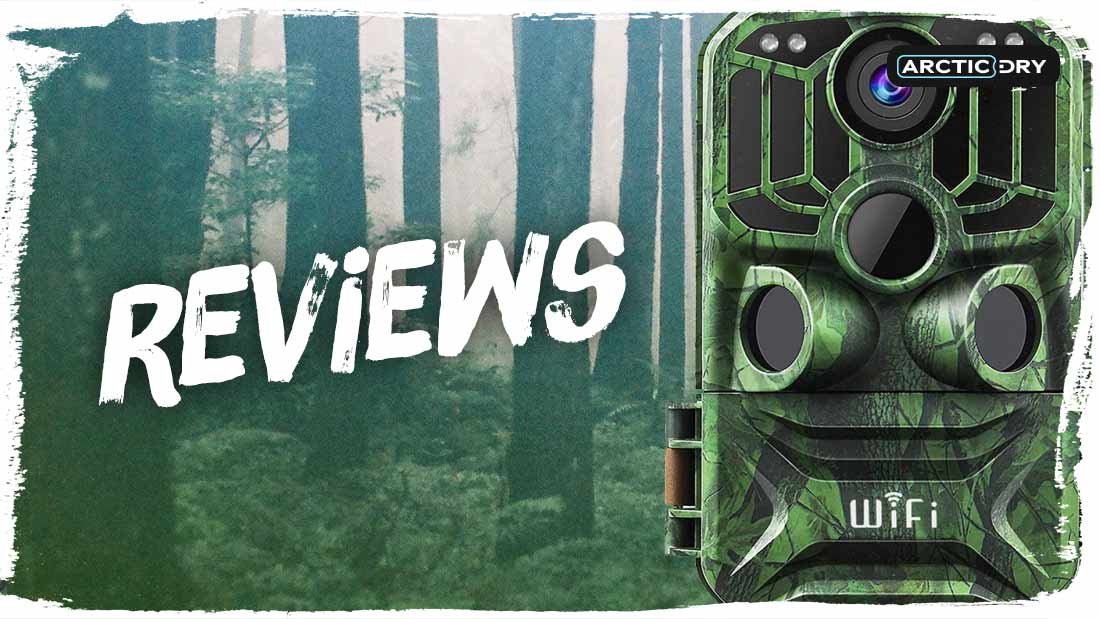
Spypoint LINK-MICRO-LTE cellular Trail wildlife camera
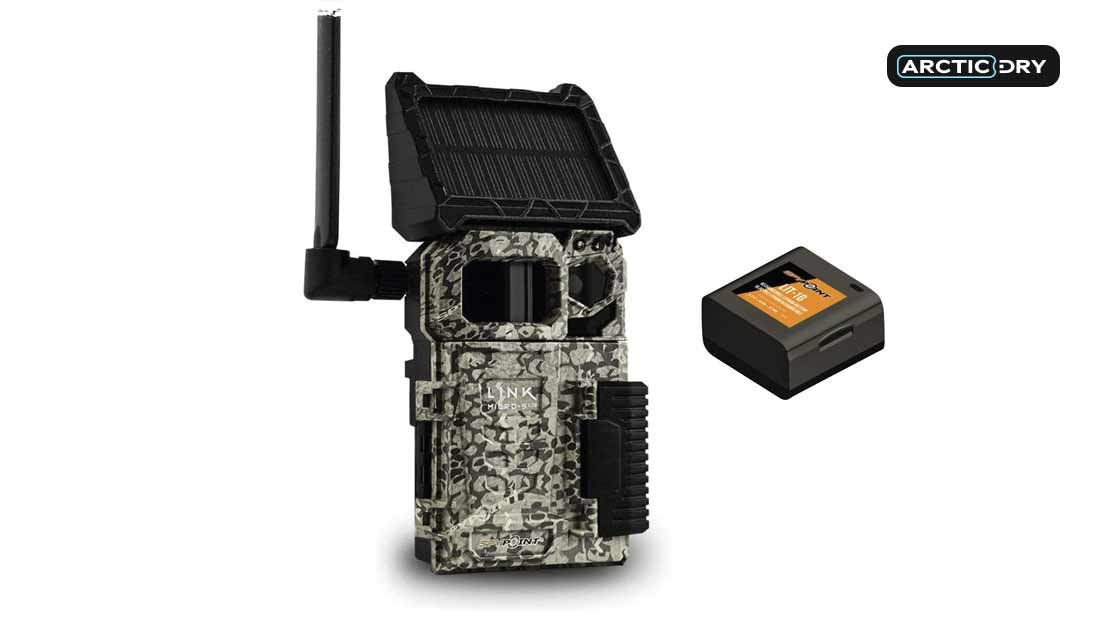
Spyoint is a brand among the leading park when it comes to the top trail cameras in the industry. Their wireless game camera iterations are famous for the quality they offer, and a good example is the Spypoint Link-Micro-LTE. What makes this camera special is its compact size.
While most trail cameras add a degree of convenience, not all focus their specs towards limiting the size of the unit as the Link-Micro does.
Christened the smallest trail camera in the market, this unit manages to impress with its decent features. At 10MP, the resolution of the sensor is not the biggest out there but delivers a powerful performance. This also makes the camera a great choice for short distance surveillance. A built-in LED flash in the camera allows for covert imaging, ensuring that you can capture footage even in dark situations.
The camera also boasts a trigger speed of 0.5 seconds. When you combine this with the 80-foot detection range, you can rest assured that no action on the ground will pass your attention. It supports both SD and SDHC memory cards to provide you with enough storage space for all the media files you manage to record. This means you can save everything and share it afterward at your convenience.
So, if you are suspicious of wildlife activity around your property or business, then the Spypoint Link-Micro is a reliable choice!
It is compact and inconspicuous enough to remain hidden at all times yet practical enough to relay information as soon as you need it. The only letdown may be the 10MP picture quality, but this is in no way a deal-breaker.
Stealth Cam G45NG Macchinam Trail Camera
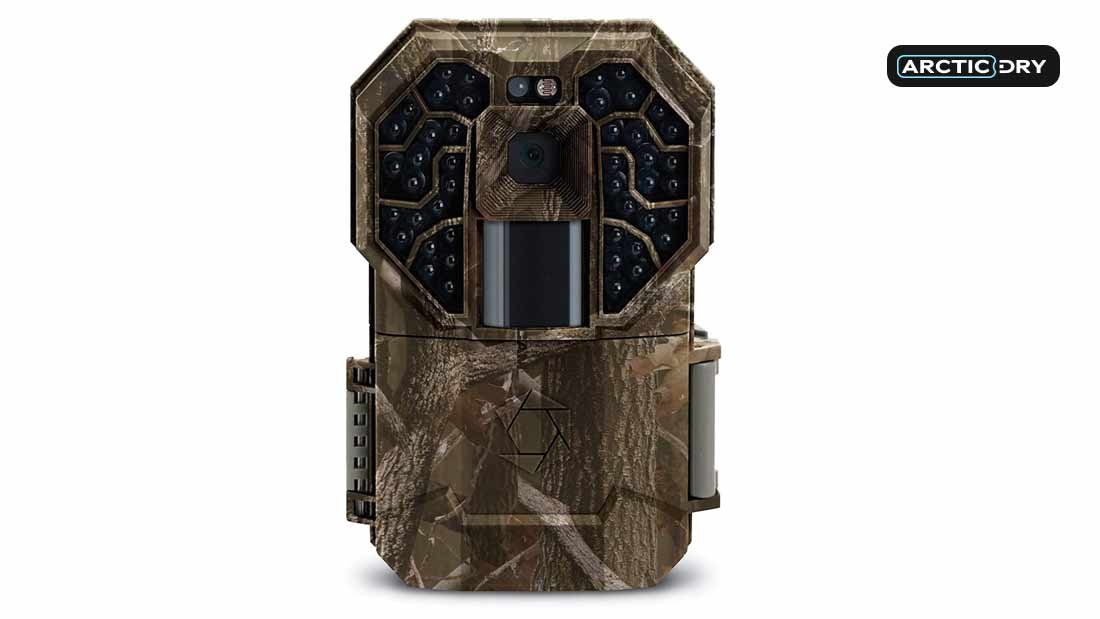
The G45NG is 10% smaller than the initial version of the G series from Stealth Cam. This small yet powerful wireless trail camera is all you need to keep an eye on your hunting zone whenever you’re not on the ground. You can credit this to the combination of high-performance specs it stacks on its diminutive frame. One of its strong points is image capturing.
Its 22MPMP lens results in very clear pictures, but you can adjust the resolution depending on your preferences. The G45NG can capture images at 14MP, 8MO, 4MP, as well as 2MP.
It also features 45 NO GLO IR emitters, which enable it to record high-quality footage stealthily without spooking the passing animals. Additionally, Smart Illumination technology is incorporated into the unit, as well as Matrix advanced blur technology for enhanced image clarity.
This tiny camera works as effectively at night as it does during the day. It boasts a 100-foot detection range with the ability to record up to 180 seconds of HD video, complete with audio. You also get other useful features such as Reflex Trigger, PIR Override, as well an active time setting, which enables you to program the camera to operate at designated hours of the day. With 0.5-second trigger speed, nothing passes by without you noticing.
Setting the trail camera to burst mode lets you shoot 1-9 photos per triggering with 5 to 59 recovery time out.
All the images and videos recorded come with the time, date, temperature, moon phase, and name stamped to let you be more meticulous with your animal behaviour documentation. The unit also features lock password protection for enhanced security. You won’t have to worry about running out of storage space, as the G45NG can support up to 512GB of memory card.
PNI 12MP 1080P Hunting Scouting Trail Digital Camera

The PNI 300C trail camera is a rugged unit that delivers durable and reliable performance in tough outdoor conditions. You can connect it to your phone via dedicated iOS or Android App and give commands remotely such as order and receive images from the camera whenever you need them.
It’s also possible to tweak some basic settings from the comfort of your living room, ensuring that you always have an eye on your property.
This camera needs a functional GSM SIM card with data to work and will transmit media data to your phone via email. The PNI 300C is an ideal choice for monitoring wildlife both at night a during the day. It comes with a camouflage design that won’t attract any attention and is built to be both waterproof and windproof. Its IP54 rating ensures that the camera continues to function okay even when it rains.
With a 12MP camera and 1080p full HD video resolution, this camera produces superior quality footage with impressive clarity. You can also program the resolution of the images to 8MP or 5MP if you like.
56 infrared LEDs are incorporated into the camera, with 25 at the top and 31 at the bottom to provide clear night vision to a distance of 20m. These remain invisible at night even when lit, helping to avoid any unnecessary attention.
The trail camera can be powered by an external battery for longer operating life. It can accommodate a micro SD card with up to 32GB of memory, enabling you to store all your footage for later access. It is nicely compact and easy to set up anywhere in your yard for surveillance. Overall, the mail is easy to set up although it does require a degree of urbanization when it comes to the functioning of mail and MMS.
BolyGuard 4G Wildlife Cellular Trail Camera
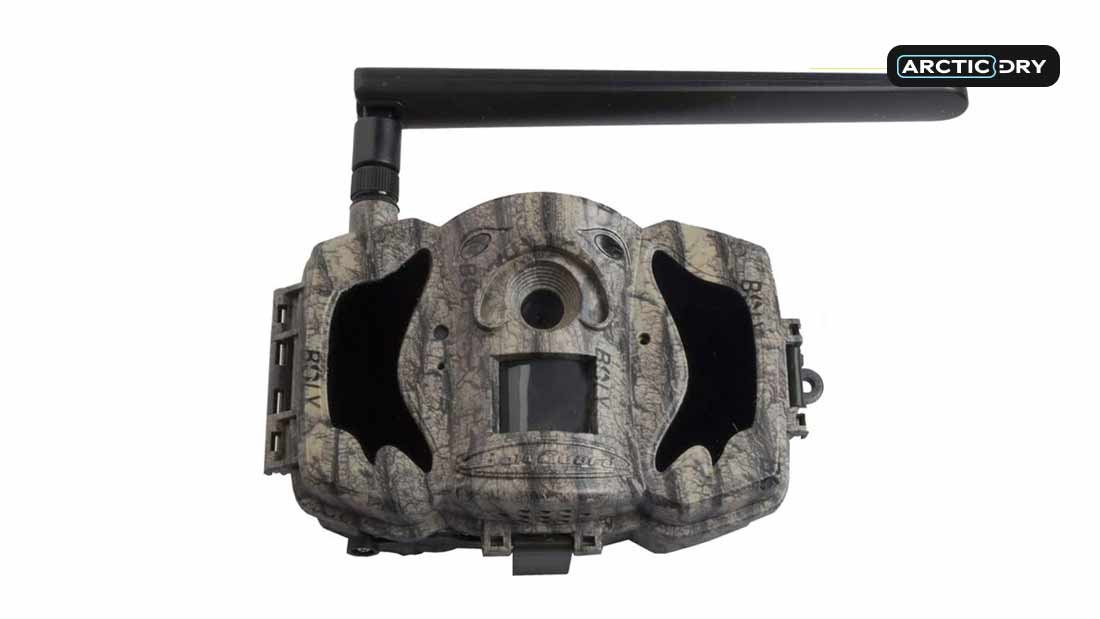
If you want to invest in a trail camera for long-distance imaging, look no further than the BolyGuard 4G Wildlife Cellular camera. This is one of the most advanced wireless game cameras the market has to offer. It boasts an integrated 4G module to allow for high-speed video and photo transmission, ensuring you are always in the know about what’s happening in the wild.
The BolyRaw patented image processing technology used also improves the quality of photos and videos sent.
The camera can work with 4G, 3G, as well as 3G network. All you need to do is to insert a SIM card of your choosing. It sends the media files to your smart device via email or MMS conveniently fast and works excellently to monitor animals both in the light and in the dark. Thanks to an invisible built-in IR flash, the camera will take photos without startling the animals, and can continue working normally in rainy or snowy weather.
At 0.7 seconds, the trigger speed is super-fast to capture any action on the ground. Also, you’ll like that there is no delay between triggers when shooting still images, with a multi-shot feature that takes up to 3 photos at a go.
The 30MP camera allows for clear long-range imaging while the 1080p video resolution results in crystal clear footage with seamless audio recording. This should give you a true picture of what is going on whenever you’re not around.
You also get 940nm invisible InfraRed technology that lets the BolyGuard record wild game nocturnal behaviour by capturing clear night shots using infrared flash illumination. The IR flash and trigger range are both around 20m, which allows you to get distant footage of animals in pitch darkness without disturbing them.
Finally, a built-in 3-inch color LCD allows for easy tweaking of settings. The major downside to this trail camera is its costly price tag!
Minkoo 12MP 1080P HD Game & Trail Hunting Camera
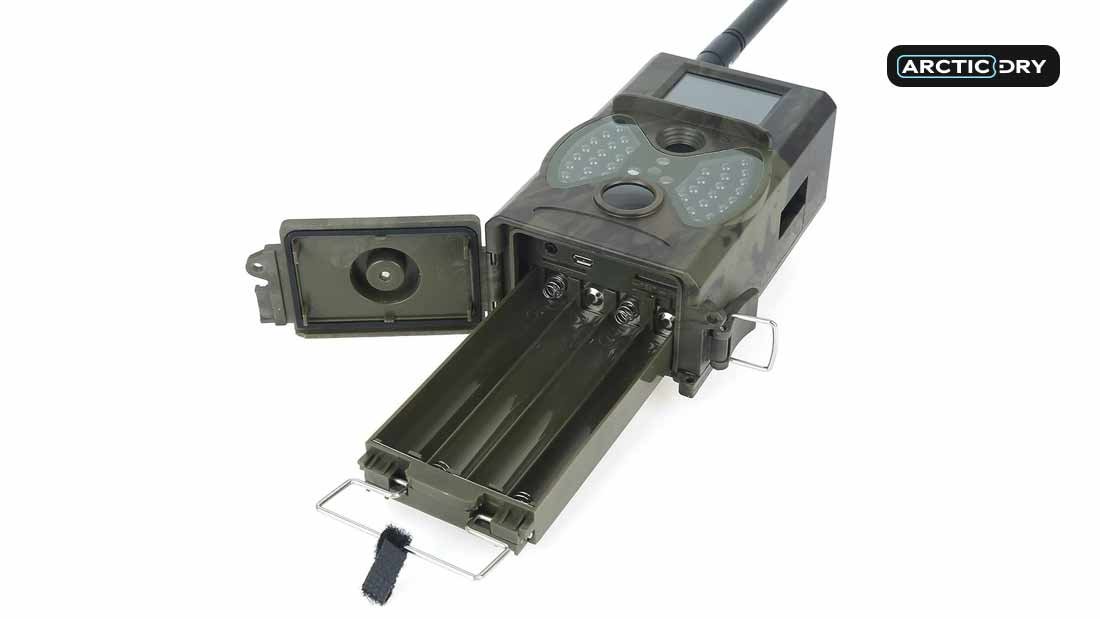
The last item on our list of the best wireless trail camera to buy is the Minkoo trail hunting camera. This reliable unit comes with a 12MP lens with full-colour resolution for very clear imaging. Meanwhile, it can record up to 90 seconds of 1080p HD videos complete with audio recordings.
With 0.6-0.8 seconds of trigger speed, the camera is fast enough to capture anything moving within the vicinity. It also shoots 1-9 pictures per trigger so that you don’t miss out on any action.
A 2′ colour LCD on the Minkoo displays data such as GPRS geotag, barometric pressure, moon phase, time of recording, temperature, etc., alongside the photo, which allows for more detailed documenting.
Furthermore, 36 pieces of 940nm Black IR LEDs are used in the camera to enable comfortable shooting of photos both during the day and at night. With a range of up to 75 feet for photos and 20 feet for videos, you can get useful footage of animals from a distance.
The medial files are shared to your phone via both MMS and email, although the camera only supports 2G SIM cards.
Overall, this is a rugged game camera that offers useful surveillance at any time of the day. It flaunts a unique solid case that offers needed protection from the elements, with an IP54 rating that allows it to remain intact when it starts to rain. It is also resistant to sand, dust, as well as corrosion, so it will serve you for the long haul!
Conclusion
A wireless trail camera is becoming an invaluable asset for the modern wildlife lover. Whether you are tracking deer in the woods or monitoring nocturnal animal behaviour in your yard, this crucial device makes your work a lot easier. The reviewed products are some of the best wireless trail cameras to buy at the moment.
FAQ
What is the difference between wireless and cellular trail cameras?
Some trail cameras support wireless connectivity, which generally refers to compatibility with Bluetooth or Wifi. These technologies allow you to pair the camera with a smartphone without the need for a cable.
Subsequently, you get to configure the camera settings, as well as transfer media from the camera to the phone. On the downside, the connection range is usually limited when using Wifi or Bluetooth.
Elsewhere, true cellular trail cameras connect via the same kind of broadband network technology that your 4G smartphone uses. With this, you can enjoy an unlimited communication range between your trail camera and your smart device of choice.
How Do I View My Game Camera Pictures on My Computer?
Many trail camera users today opt to use their desktops or laptops solely to view images captured on their trail cameras. For this to happen, you want to insert the memory card into the SD card slot on your PC and use the installed media player to view your trail video footage, as well as the images.
How Does a Trail Camera Work at Night?
Some trail cameras are most active at night, especially when you’re trying to record nocturnal animals. Such models are fitted with InfraRed technology, as well as motion detectors which cause the camera to snap when movement is detected.
Can I Use My Trail Camera for Home Security?
Although they are primarily designed for wildlife surveillance, many people don’t realize that trail cameras can also be used for home monitoring. Their compact and camo design makes them ideal ‘secret eye’ to watch out for any unwelcome intruders. Furthermore, the same attributes that make game cameras great for scouting deer and other wild animals also make them a nice choice for home security.
How Long Should I Leave My Trail Camera Out?
If you set up your trail camera in a remote area where the wild animals are not used to human contact, you can leave it for between 3 and 4 weeks at a minimum. This is because constantly visiting the spot is likely to drive the animals away.
Ordinarily, you’ll notice that the deer will avoid that area if they encounter you. However, they are likely to show up again after some time.






